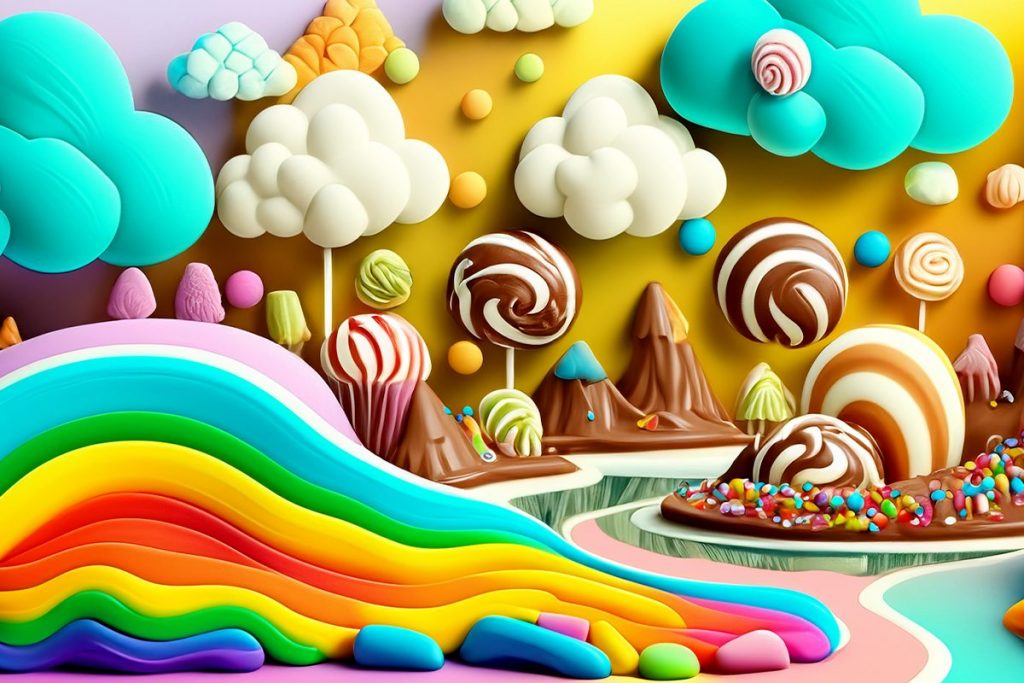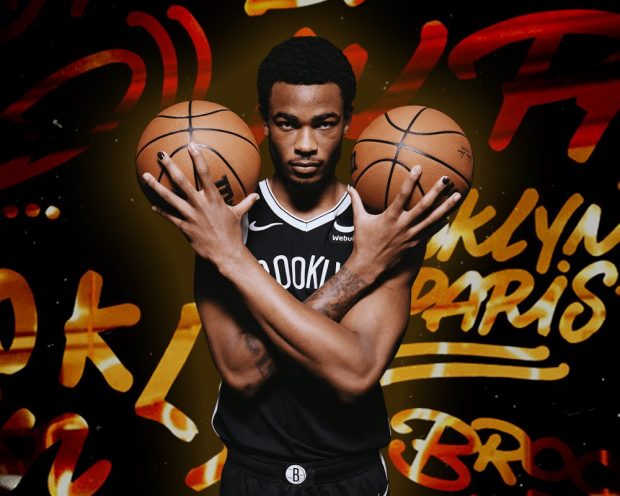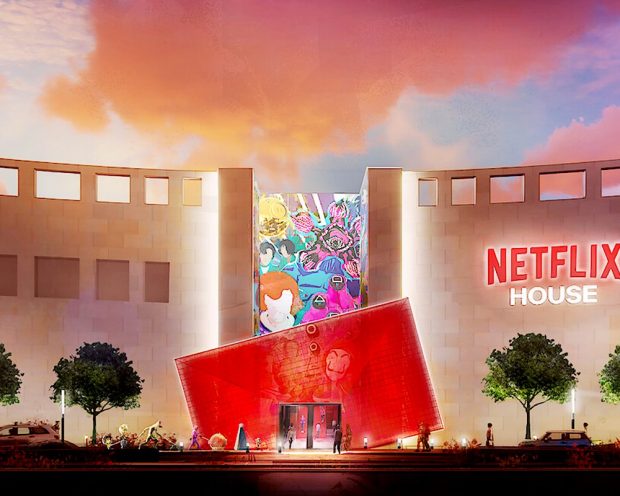AI and the Risk of Mediocrity

Ahhh, the two letters on the tip of everyone’s tongue and already sparking talk of plateauing: AI (either Artificial Intelligence or Apple Intelligence, depending on who’s on the call). In our world, it’s opened up entirely new frontiers in experiential, allowing us to dream bigger, create faster and, yes, to market with dazzling precision. But as with any tool, the magic only happens if we wield it with intention. AI can bring breathtaking visuals and buzz-worthy previews, but when an equally great in-person experience doesn’t back that hype, we’re left with a gap — one that audiences are quick to notice and even quicker to share.
Let’s talk about the elephant in the ballroom: Detroit’s “Bridgerton Ball” this fall and Edinburgh’s “Willy Wonka Chocolate Experience” last February. The Chocolate Experience used AI-generated marketing visuals and descriptions that promised a surreal, immersive event, complete with enchanting chocolate gardens and other Wonka-esque details. These colorful digital images, coupled with poetic language describing a “paradise of sweet treats,” set sky-high expectations. However, attendees were met with dismal decor and a sad bouncy castle and left with crying children.

The Bridgerton Ball also promised elegance and opulence — including invitations straight from the desk of Lady Whistledown — but bare rooms, a lone violinist and a pole dancer, plus sad dollar store decor took over TikTok instead. This misalignment between AI-driven hype and the underwhelming physical experience left attendees feeling misled, underscoring the importance of managing AI-driven expectations with grounded, realistic experiences.
The problem wasn’t the AI itself — it was how it was used
AI-generated visuals and lofty promises created buzz and a sense of anticipation, but the real-life events couldn’t keep up. These days, when something falls short of expectations, you can bet that people are whipping out those phones and taking to social media, broadcasting every disappointing detail. It’s the flip side of going viral and it’s a reminder for experiential creators that the stakes have never been higher. The Wonka event got called to the carpet so quickly they closed down mid-event.
But let’s be clear: AI isn’t the villain here. When used responsibly, AI has the power to elevate and even transform experiences. Take digital designer and XLISTER Andrés Reisinger’s “Take Over” series as a shining example. Reisinger began with digital installations, crafting ethereal pink drapes around iconic buildings in cities like Paris and Tokyo. It was stunning, thought-provoking and it sparked a digital buzz. But he didn’t stop there — he took the concept into the real world with installations in Miami, Jeddah and New York. Each physical installation was a carefully crafted extension of his digital work, not just a re-creation but a cultural adaptation to each location. This is what it looks like when you let AI inspire the creative process, but ground it in thoughtful execution and respect for the audience.
Brands are also catching onto the AI wave in their advertising, with some diving deep into the potential for AI to create bold, personalized campaigns that grab attention. Haircare brand Gisou dropped a giant bottle of their hair oil in the middle of busy Times Square. Or did they? The AI-generated visual blended the brand’s iconic imagery with a futuristic vibe, leaving Instagram followers unsure of what was real and what was fake. And Beyond Yoga’s videos for Club Beyond used AI animation to reveal an NYC storefront, making it appear that giant yoga clothes were floating around like Macy’s Thanksgiving Day parade floats.
But here’s the thing, just as in experiential, brands need to ensure their AI-driven sparkle translates into real value, not just a flashy digital moment. It’s all about the balance — creating hype that lives up to the promise.
AI isn’t just here to stay, it’s going to be central to the industry’s future
But we must treat AI as a complement, not a crutch. We can’t lean on it to do all the heavy lifting for us. It’s only part of the experience. We need to make sure we’re translating AI’s promise into something real, something audiences can walk into, touch and be amazed by. The gap between AI-generated ideas and on-the-ground execution needs to be carefully managed to avoid disappointment and the dreaded going viral for all the wrong reasons.
A few practical takeaways:
- Bridge the digital-to-physical gap thoughtfully: When leveraging AI to design immersive previews, consider how each element will translate in real life. Walk through your AI-driven concepts from a guest’s perspective to ensure that the digital magic is supported by tactile, real-world experiences that leave a lasting impact.
- Set up quality guardrails: Just as influencers disclose their ads with #sponsored (thanks Federal Trade Commission!), experiential pros may need to get comfortable tagging AI-driven elements with a #AI. This way, we can set expectations and tell audiences when something is an artistic vision, not a literal promise.
- Collaborate with skilled partners: AI can produce impressive visuals, but bringing them to life requires experienced designers, architects and production teams who understand the nuances of live events. Partner with experts who can execute complex ideas to ensure that AI concepts are supported by practical, on-the-ground expertise.
- Be honest with yourselves — and with your budgets: It’s easy to let AI hype up the visuals, but if the funding or logistical support isn’t there to execute that vision, it’s better to scale back. If your digital renderings will wow people, your in-person experience must meet or exceed that standard. Otherwise, you risk becoming yet another “over-promised, under-delivered” story in the industry.
At XP Land, we see a tremendous opportunity to harness AI in a way that genuinely enhances the guest experience. AI can be the spark that ignites new ideas and immersive storytelling, but the true magic still comes down to us — the professionals who design, strategize and execute with care. Audiences are ready to embrace these bold new possibilities but won’t tolerate mediocrity disguised as innovation. You just watch.
This isn’t about rejecting technology or resisting progress
The more we work with AI thoughtfully, the better positioned we’ll be to create experiences that inspire and captivate. The experiential industry’s reputation is built on moments that connect, surprise and delight, and those moments require both creativity, insane attention to detail and follow-through. So, let’s take AI as a welcome challenge. Because while AI might be part of the magic, the real magic — the kind that keeps people talking for years — still comes down to us.
Join us in XP Land. A community for experiential creatives and experience-makers, brand leaders and IP-owners, space stewards and venue visionaries — all of those in the business of epic gatherings and live, immersive storytelling.


